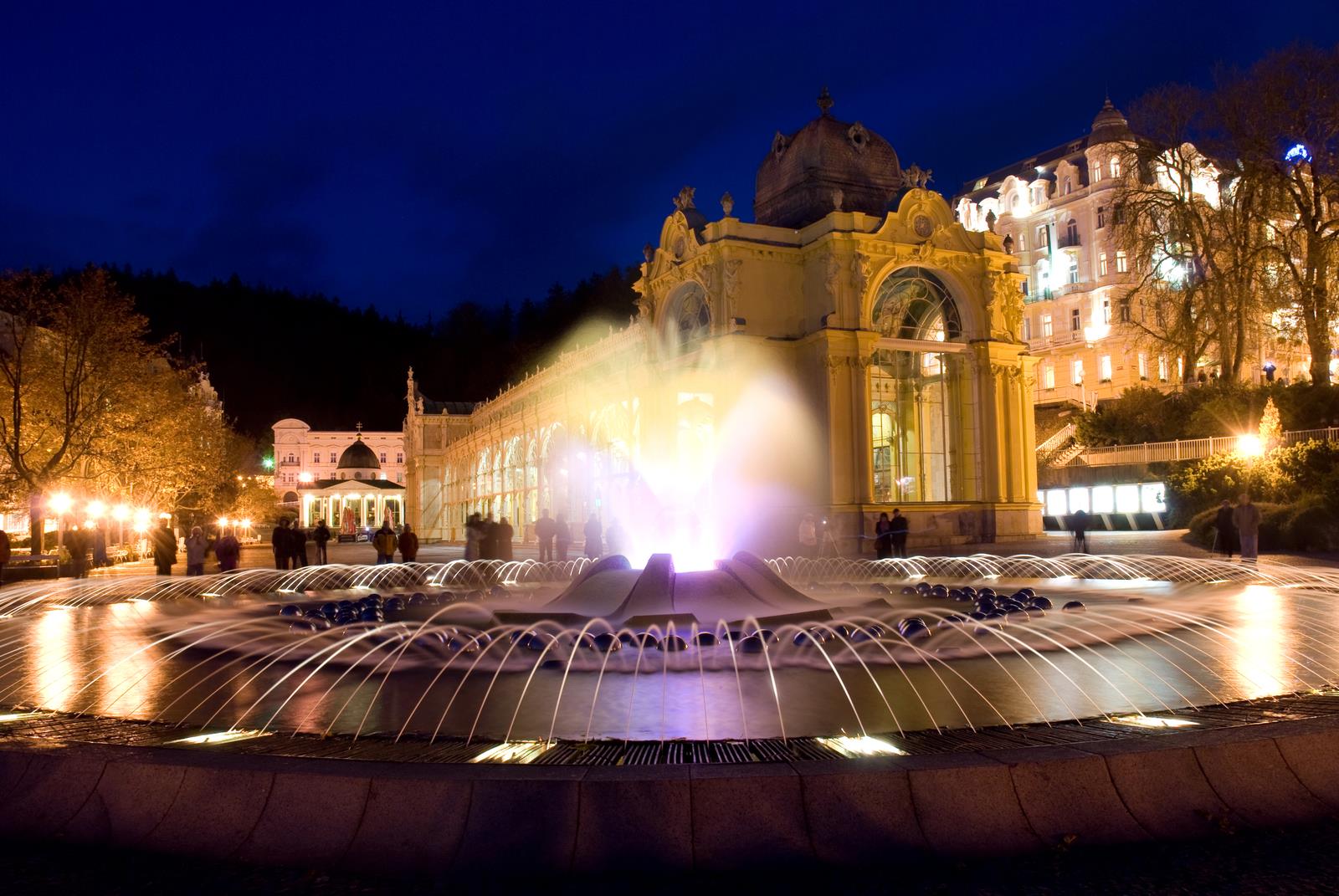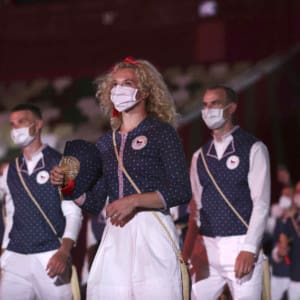Eleven spa towns in Europe – including Karlovy Vary, Mariánské Lázně, and Františkovy Lázně in Czechia – have been included on the World Heritage List. The intergovernmental World Heritage Committee decided this on Saturday at its 44th session in Fuzhou, China.
In addition to the triangle of spa towns in the west of Czechia, eight other spa towns have been added to the UNESCO World Heritage List – Baden-Baden, Bad Ems, and Bad Kissingen in Germany, Spa in Belgium, Vichy in France, Montecatini Terme in Italy, Baden near Vienna in Austria, and City of Bath in England.
All eleven spa towns together represent one item on the World Heritage List. The number of places that the Czech Republic has on this list has now increased to 15.
Belgium, France, Italy, Germany, Austria, the United Kingdom, and the Czech Republic prepared the UNESCO application together, with Czechia coordinating the project. The nomination was recommended for registration by the International Council on Monuments and Sites (ICOMOS), which deals with the protection of cultural heritage around the world. In its opinion, ICOMOS highlighted two criteria in particular – the exceptional architecture of spa towns and the phenomenon of spa stays, including procedures and balneological therapies.
“The project is an excellent example of international cooperation between ministries and institutions and experts in seven European countries. I very much appreciate the support of the mayors of the cities in question, who tirelessly supported this project and provided financial support for a long period of demanding preparation. I am proud that the Czech Republic became the coordinator of the whole project and, as the leader of the participating European countries, successfully led it to the inscription (on the UNESCO list),” said Czech Minister of Culture Lubomír Zaorálek.
The famous spa towns of Europe, which were mostly created around natural mineral springs, together testify to the phenomenon of European spas, which flourished especially from the beginning of the 18th century to the first third of the 20th century, the ministry said. A characteristic feature of this phenomenon is the combination of spa and treatment procedures in the interior and exterior with a wide range of opportunities to spend free time, which is reflected in the specific face of spa towns and their architecture.
Sets of spa buildings, including spa houses, hot spring pavilions, drinking halls, or colonnades, are supplemented with social halls, casinos, theaters, and other cultural facilities. Everything is then integrated into the landscape with mineral springs, parks, gardens, promenades, and sports grounds. The surrounding landscape is used for physical activities as part of medical therapy, relaxation, and entertainment. Spa towns were the only places in Europe that could compete culturally with large metropolises and became a source of intellectual, artistic, social, and political inspiration, the Czech culture ministry added.
Title image: The Singing Fountain in Mariánské Lázně. (Mariánské Lázně / Facebook)




